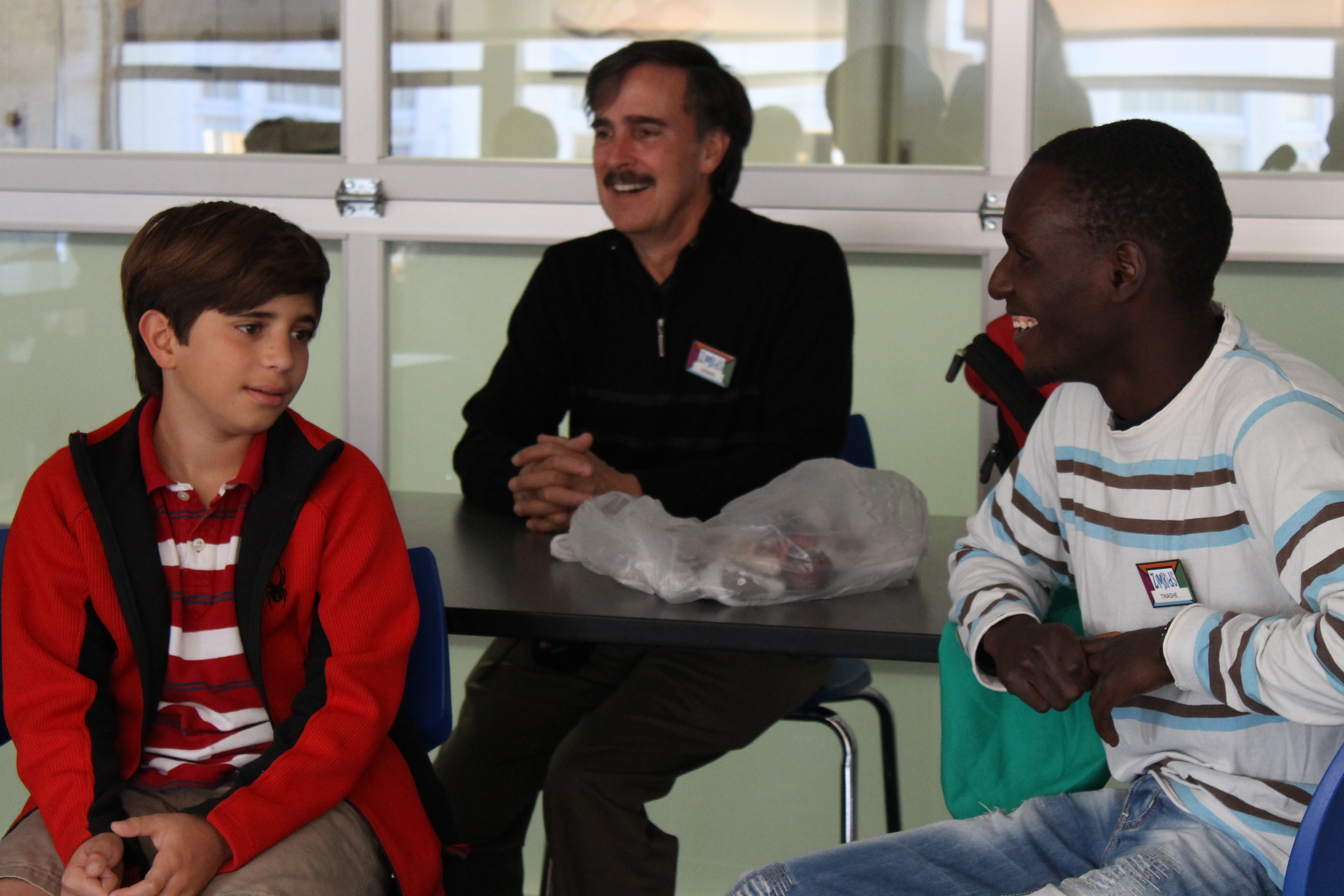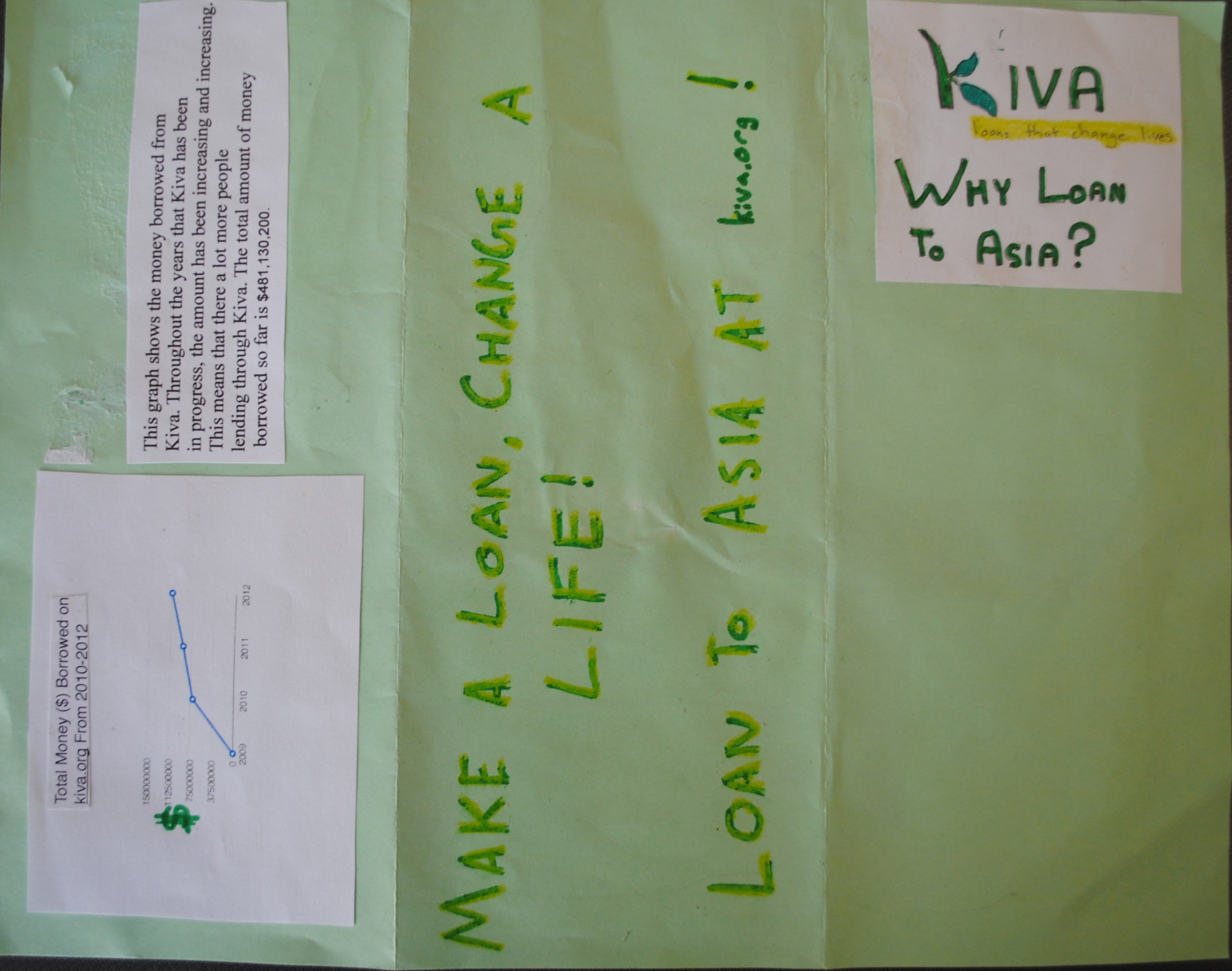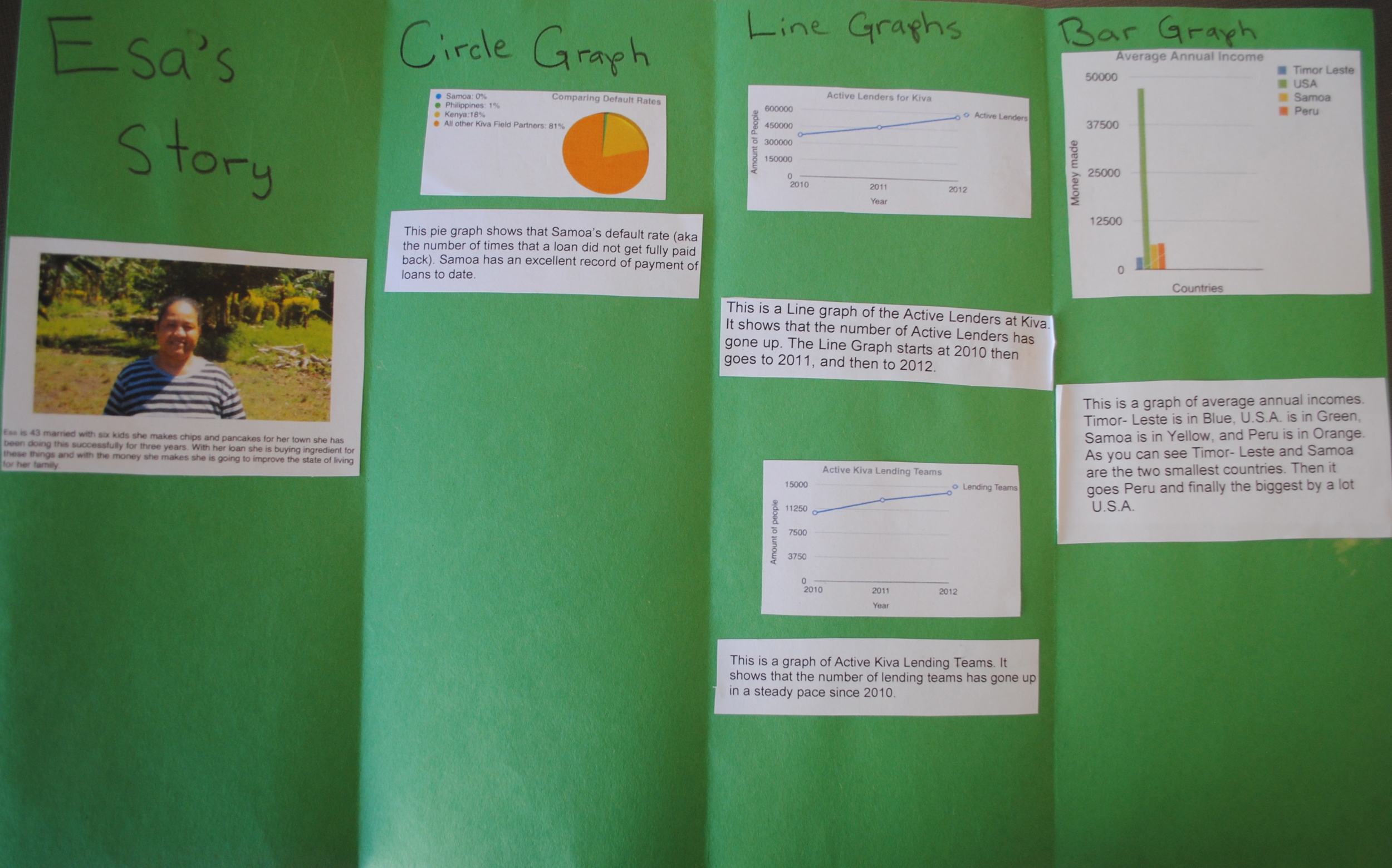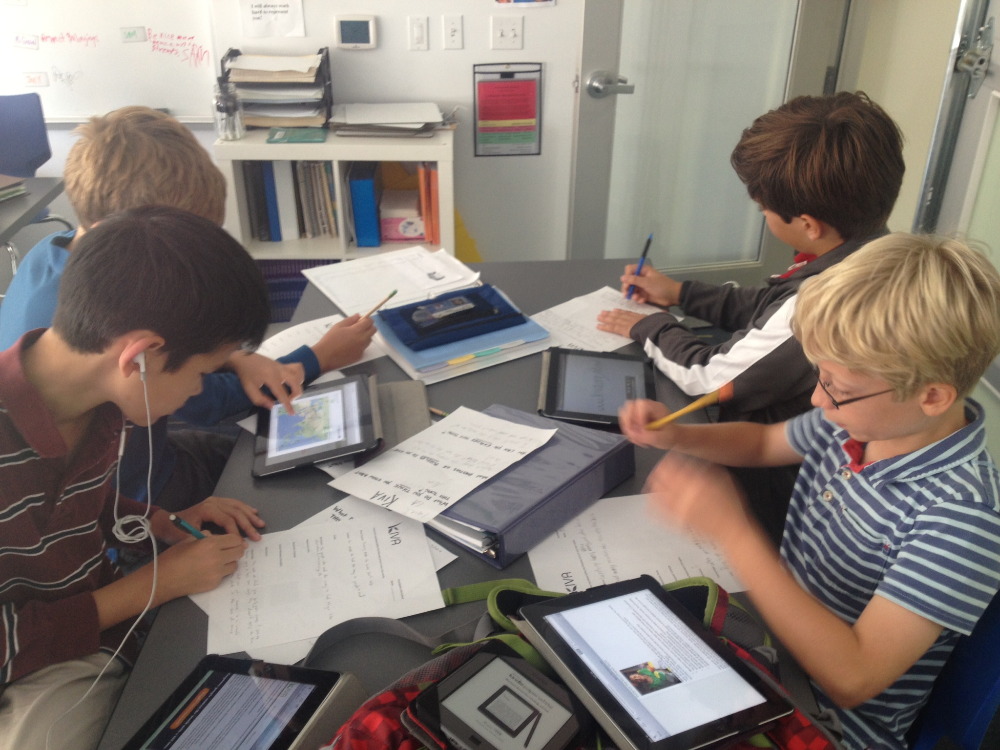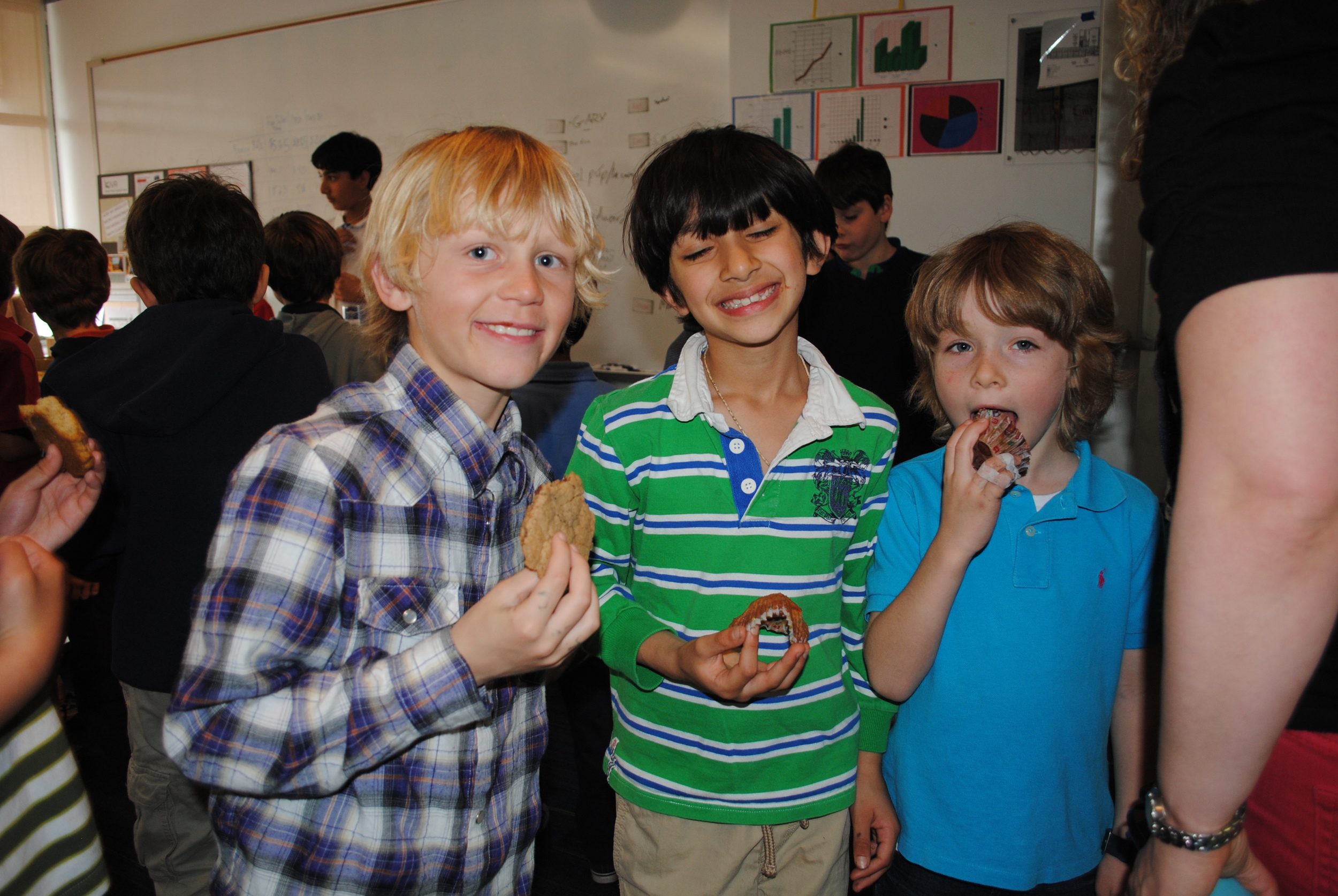Today's blog is highlighting a class period that I had this week with my 7th graders. With the demanding curriculum of my 7th grade class, alongside it being a little more "new" to me, in years past I have had a hard time making it global. The statistics unit comes up in the first week of school and I am often caught off guard. Thankfully I got ahead of things this year...
If you haven't visited the site www.ifitweremyhome.com you should. It's a great place for students to check out how countries compare to one another. We had the website setting on "comparing to the US" and in particular the country of comparison was physically compared to San Francisco, CA. and the Bay Area.
The boys began the day by using the globes in the classroom to investigate 6 countries in their assigned geographic regions. Some of the boys had personal interests in countries, others chose based either because they felt they knew something about the country or they knew absolutely nothing about it. One particular conversation, after I suggested South Africa (thought this would be nice as I could speak a little about the country) came about when a student said, "I don't want to choose South Africa, it's a lot like here". Further probing led to me discover that the reason he said that was because he has met South Africans, including our Leap School friends and didn't believe based on those interactions that our worlds could be much different. I told him to take a look, that he would be surprised. He was. "I wonder if the HIV/AIDs problem is getting worse" he asked after discovering you are 30.2 % more likely to have HIV/AIDs in South Africa. The boys discovered that and more as they spent time on www.ifitweremyhome.com and discovered a little about their countries of interest. The boys had the task of acknowledging and writing down two things that really made them think, "jaw dropping" stats and one I wonder. The website is so easy to use that the boys were able to quickly discover a whole lot about their countries and they started to really think about the differences between those countries and how we live. I really enjoyed their "I wonders".
Togo- I wonder if their healthcare is good,
Benin- I wonder what their min. wage is.
Kenya- I wonder why they die so much sooner.
Djibouti- I wonder what they die from.
China- I wonder why their country can be so big but they don't use very much oil compared to us.
Japan- I wonder how much the earthquake effected the country.
India-8 times higher chance of dying in infancy, I wonder how tough life can be in parts of Inida.
Venezuela- I wonder if they had better healthcare would they have a lower HIV/AIDS rate.
Panama- I wonder how many people leave country.
Costa Rica- I wonder if they had more access to resources would they use more electricity.
Columbia- I wonder how many people complete their schooling.
After some discovery time we gathered and shared some of our findings before venturing over to the Unicef site to gather more statistics to play with. I never knew that Unicef had customizable statistic tables that easy allows for one to draw statistics out and use them in excel. While this week we didn't put them into excel, I wanted them to practice computing mean, median, mode and range without the help of the computer, I am certainly going to use these stats in the future as we learn to create graphs from spreadsheets in 6th and 7th grade. This is such an easy way to use real world stats!, math teachers must try it!
The boys decided that they wanted to look at GNI per capita (Gross National Income) , life expectancy at birth, and primary school net enrollment ratio. Their curiosity was high. We had the opportunity to talk about the birth lottery, as it is often referred to. The idea that where we are born determines our opportunities in life. The boys were intrigued and thoughtful and I am hopeful that they will bring not only their data landmarks with them to class on Monday, but an open mind and a level of empathy for others in the world.






